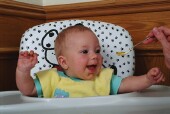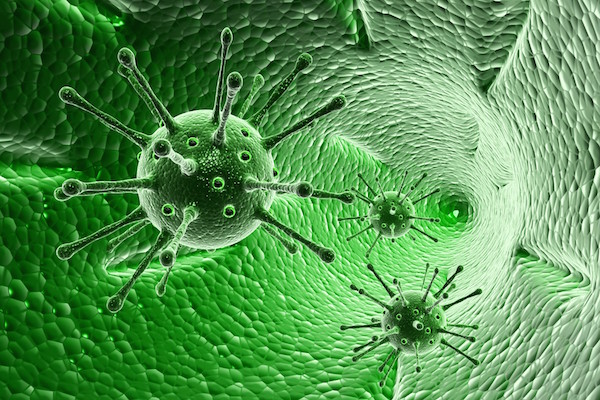
MONDAY, Jan. 5, 2015 (HealthDay News) — Newborns with significant jaundice are not likely to develop a rare and life-threatening type of cerebral palsy if American Academy of Pediatrics’ treatment guidelines are followed, according to a new study.
Jaundice is yellowing of the eyes and skin due to high levels of the liver-produced pigment bilirubin. In most cases, jaundice develops among newborns because their liver is too immature to break down the pigment quickly enough. Usually, this condition resolves without treatment.
Some babies, however, must receive phototherapy. Exposure to special lights changes bilirubin into a compound that can be excreted from the body, according to the researchers.
If phototherapy fails, a procedure called exchange transfusion may be required. During this invasive procedure, the infant’s blood is replaced with donor blood. Recommendations for exchange transfusions are based on bilirubin level, the age of the infant and other risk factors for brain damage.
Exchange transfusion isn’t without risk. Potential complications from the treatment include blood clots, blood pressure instability, bleeding and changes in blood chemistry, according to the researchers.
High bilirubin levels are also risky. They’ve been associated with a serious form of cerebral palsy called kernicterus. In order to investigate this association, researchers from the University of California, San Francisco and the Kaiser Permanente Northern California Division of Research examined data from two groups of more than 100,000 infants.
The babies were delivered at one of 15 hospitals between 1995 and 2011. One group of nearly 1,900 newborns had bilirubin levels above the American Academy of Pediatrics’ threshold for exchange transfusion. Babies in this group were followed for an average of seven years.
A second group included more than 104,000 newborns who were born at least 35 weeks’ gestation and had lower bilirubin levels. This group of infants was followed for six years.
The study, published on Jan. 5 in JAMA Pediatrics, revealed three cases of kernicterus occurred among the babies with the highest bilirubin levels. However, the researchers noted all three of these children had additional risk factors for brain damage.
“We found that cerebral palsy consistent with kernicterus did not occur in a single infant with high bilirubin without the presence of additional risk factors,” said the study’s second author, Dr. Michael W. Kuzniewicz, an assistant professor of neonatology in the department of pediatrics at UC San Francisco, in a university news release.
“This was the case even in infants with very high bilirubin,” said Kuzniewicz, who is also head of the perinatal research unit of the division of research at Kaiser Permanente Northern California.
“Our study was the first to evaluate how well the exchange transfusion guidelines predicted risk of cerebral palsy and kernicterus in babies with jaundice,” said the study’s principal investigator, Dr. Thomas B. Newman, with the departments of epidemiology and pediatrics at UC San Francisco.
“It was reassuring that brain injury due to high bilirubin was rare and that only those infants whose levels were well above exchange transfusion guidelines developed kernicterus,” Newman said in the news release.
“Based on our study, the current guidelines for when to perform exchange transfusions have been quite successful in preventing kernicterus,” said the study’s lead author, Dr. Yvonne W. Wu, a professor of clinical neurology and pediatrics at UC San Francisco, in the release.
“However, our study also raises the question whether the threshold for exchange transfusion could be higher for infants with high bilirubin levels who are otherwise healthy and who have no other risk factors for brain injury,” she said.
More information
The U.S. National Institutes of Health provides more information on newborn jaundice.
Copyright © 2025 HealthDay. All rights reserved.

